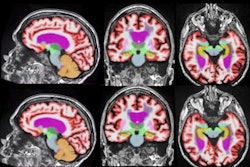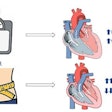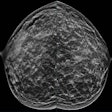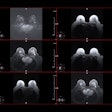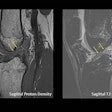Dear AuntMinnie Member,
More exciting research about photon-counting CT was released this week, this time from researchers at Duke University.
A group at the university found that photon-counting CT was able to visualize a type of venous fistula in the cerebrospinal fluid better than traditional approaches like CT myelography and MRI. What's more, photon-counting CT was able to boost spatial resolution dramatically.
Learn more about this exciting new application for photon-counting CT in our CT Community. While you're there, check out these stories:
- New guidelines issued in 2021 that expanded CT lung cancer screening are resulting in better access at the neighborhood level.
- An artificial intelligence algorithm was used with noncontrast CT to better identify intracranial hemorrhages.
- Neuroimaging is being used at different rates in cases of suspected child abuse, indicating healthcare disparities.
- Shared decision-making for CT lung screening may be occurring more often than is documented.
DEXA for arthroplasty
Meanwhile, researchers from the Hospital for Special Surgery in New York City believe that dual-energy x-ray absorptiometry (DEXA) may be underutilized in planning care for total joint arthroplasty patients, according to a story you'll find in our Digital X-Ray Community.
Dual-tracer PET/CT
And in our Molecular Imaging Community, check out new research from Germany on how two PET radiopharmaceuticals worked together to offer a better option for cancer imaging.
Meanwhile, researchers from South Korea found that PET/CT can be a good tool for determining which patients will respond better to radiation therapy, while a group from Stanford University found that PET can reveal patterns of tau deposits in patients with early Alzheimer's disease, helping improve the selection of individuals for new drug trials.




